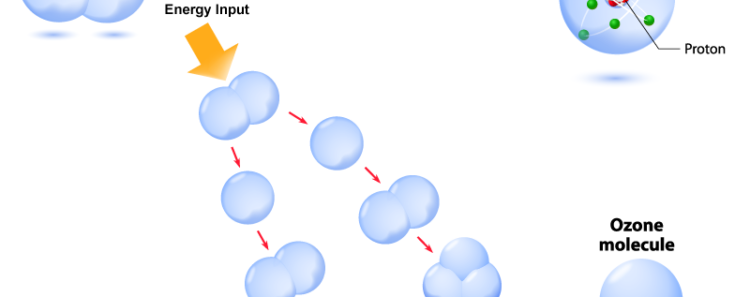USGBC Utah has concluded a week of events celebrating the theme that it’s “Good to be Green.” Volunteers pulled off several events between August 18 and 24 with a goal to celebrate, educate and update the broader community on the value of sustainable building, as well as to share the latest strategies to save money and to conserve energy while working in green buildings and living in healthy homes.

Blogs
Hurricane Harvey – August 2017
Hurricane Harvey has brought with it severe storm conditions, including major flooding in Texas and Louisiana. WQA has implemented our Crisis Management Plan to support our members in the impacted areas who are initially providing safe drinking water through bottled water or other means. As part of the response plan, WQA is also providing resources to address the long-term drinking water contamination concerns in the aftermath of the storm.
AWT 2017 Annual Convention and Exposition
Join us at AWT’s 2017 Annual Convention and Exposition in Grand Rapids, Michigan, September 13-16! Experience a dynamic program featuring networking opportunities, evening receptions, an exhibition walk-through, and educational sessions, including these focused on Legionella
Ozone for Pool and Spa
A swimming pool or spa is a complex ecosystem, where water is exposed to many things that can affect both aesthetics and safety. A smart(more…)
California sets new limit for 1,2,3-Trichloropropane (TCP)
Most TCP contamination stems from the extensive application of pesticides containing TCP that were manufactured by Shell Oil and Dow Chemical Company prior to the 1990s. Despite the companies’ knowledge of the health risks, they failed to remove the ingredient from their products or notify farmers and communities of the known health risks.
In memoriam: Warren Mueller – Houston, TX
It is with great sadness that I inform you of the passing of WARREN MUELLER of Mueller Water Conditioning, Inc. of Houston, Texas. According to the family Warren passed away on Saturday, July 1, 2017. In lieu of flowers the family requests that donations be made to the American Cancer Society in memory of Warren Mueller.
